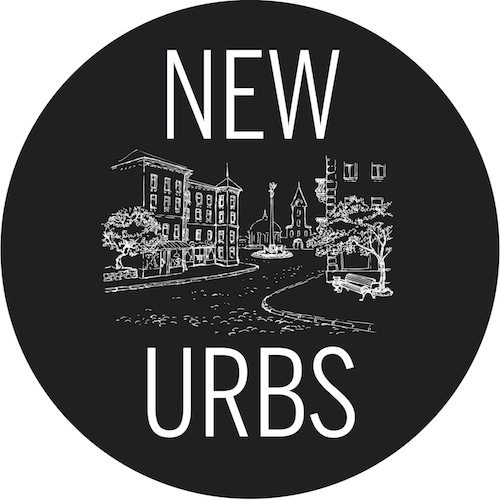What New Urbs Is About

This week, instead of our usual roundup of outside links we are providing a starter guide to “New Urbs” for CNU attendees who may be encountering us for the first time. Anyone in Detroit this week is welcome to reach out to @JonCoppage who would love to connect.
“New Urbs” is going on two years of writing at the intersection of politics and place, and we’ve had the great fortune to publish some of the best writing on urbanism over that period. This post is a good introduction to our purposes and context: Why Conservatives Must Engage Urbanism”:
That’s what New Urbs is here for. Not to save the planet in 30 years, or to save the economy in 10. We’re here so that the built environment our great-grandchildren inherit will give them the best chance to live in flourishing communities.
To get a greater sense of what we’re about, here is just a taste of our interests and writers.
Benjamin Schwarz – “Building an Underclass”
Nevertheless, the solutions that architects, city planners, real estate developers, civil servants, and local officials—what Kynaston calls the “activators”—imposed upon the population, while sometimes humane if suboptimal, were regularly devastating and often monstrous in their consequences.
Chuck Marohn – “The Conservative Case Against the Suburbs”
Where Kotkin sees a ‘forced march towards densification and ever more constricted planning augurs,’ I see the unwinding of our great suburban experiment. As government’s ability to subsidize this artificial pattern of development wanes, a return to more traditional living arrangements is inevitable.
Jonathan Coppage – “Put a Stop to Stoplights”
With auto industry support, modernist planners’ fantastical ideas for remaking the American city were suddenly given the financial muscle to become possible and even mandatory. Highways would be brought into the heart of the city, people would be cordoned from the streets, and everything would be separated into its own gleaming sphere. Cronyist central planning bent well-meaning engineers to its ambitions and shut out ordinary citizens.
Matthew Robare – “How to Bring Back Southbridge”
A boyish, bespectacled 21-year-old, Hunter Foote entered the world of real-estate development as soon as he graduated college at the age of 17. Foote studied business at UMass-Amherst and found he was different from his classmates, who typically looked at a business career as a ticket to a lavish lifestyle. “I looked at business as creating value,” he says. “By creating value, the business is rewarded with profit. Profit is the method, not the goal.”
Rod Dreher – “New Urbanism of the Soul”
Having settled comfortably in my suburban present, I hope for the sake of my children and grandchildren that Bess and his disciples find success connecting the architectural past to the architectural future. Amid the chaotic geography of nowhere, they are building bridges to somewhere.
Bonus: Austin Bramwell’s 2011 remembrance of Jane Jacobs, “Cobblestone Conservative” and the accompanying symposium on the 50th anniversary of Death and Life of Great American Cities drawing on James Howard Kunstler, John Norquist, Philip Bess, and more.
“New Urbs” is supported by a grant from the Richard H. Driehaus Foundation.
Comments